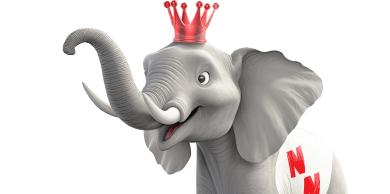Living in the Sunshine State has so many advantages, but unfortunately, our warm climate also means we have to deal with all sorts of creepy crawlies year-round. From pesky mosquitoes to destructive termites, Florida is home to an abundance of bugs and insects. As a homeowner or business owner, it’s important to know what kinds of pests you might encounter and how to identify them. This comprehensive guide will cover the most common flying, biting, stinging, and creepy-crawly bugs found in Florida, their key characteristics, and where they like to lurk.
Flying insects and bugs in Florida
Mosquitos
No bug is more quintessentially Floridian than the mosquito. These flying, biting insects thrive in our hot, humid climate. Mosquitoes are not only a nuisance with their itchy bites, but they can also transmit diseases like Zika, dengue, and West Nile virus. You’ll find them just about everywhere there’s standing water – from your backyard to the beach. To control mosquitoes on your property, make sure to eliminate standing water, maintain your pool or pond, and regularly clean your gutters and drains.
Learn more about mosquito control.
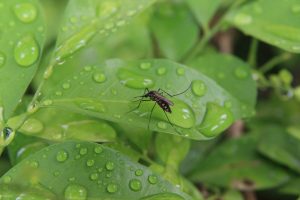
June Bugs
June bugs, also known as June beetles or May bugs, are another common flying insect here in South Florida. June bugs spend most of their lives underground as larvae (grubs) feeding on plant roots, grassroots, and decaying vegetation. Then as adults, they’ll appear in the late spring and early summer months to feed on foliage from plants, fruit trees, and crops. Controlling them may require treating your lawn and soil to target the grubs.
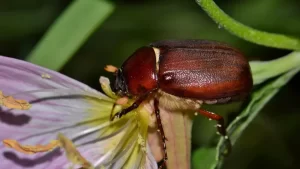
Love Bugs
A Love Bug is more than just a cute nickname–It’s another common insect here. They are small black flies, with a red thorax, and during mating season (late spring and late summer), you’ll see them attached together in pairs, giving them their cutesy nickname. Luckily they’re harmless to humans, but their acidic body chemistry can leave behind sticky residue on surfaces like cars and buildings. They’re attracted to light colors, exhaust fumes, and heat, so you’ll often find them around roads and highways, parking lots of garages, and swarming around outdoor lights.
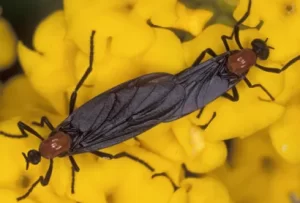
Locust Bugs/Grasshoppers
The most common locust bug in Florida is the eastern lubber grasshopper. They’re one of the largest grasshopper species in North America, growing up to 3-4 inches long. They are often found in fields, pastures, citrus groves, and vegetated areas feeding on grasses and crops. While they can fly short distances, these grasshoppers spend most of their time crawling on the ground. They can damage crops, gardens, and landscaping, so if you see them hopping around your lawn, you can try a natural remedy, or give us a call.
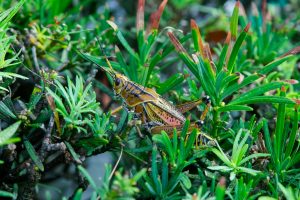
Stinging and biting insects and bugs in Florida
Wasps/Bees
South Florida is home to many types of bees and wasps including honey bees, paper wasps, yellowjackets, and bold-faced hornets. Although bees and wasps play vital roles in agriculture and in keeping the environment healthy, problems can occur when these insects nest too close to human activity. You should always be careful when dealing with bees and wasps and call a professional if you need to remove a nest. Nests can often be found inside chimneys, vents, basements, and outside under gutters and within cracks in wood and siding.
Learn more about wasp and bee control.

Bed bugs
Bed bugs are another year-round problem in South Florida due to the region’s warm climate and high volume of travel and tourism. Bed bug infestations are common across homes, hotels, apartments, and dormitories. These bugs are reddish-brown, flat, and oval-shaped, and will come out at night to feed on human blood. They can be treated with preventive care (mattress cases and monitors), chemical treatment, and heat treatment.
Learn more about spotting bed bugs and treatment.
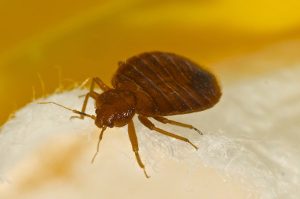
Noseeums/Sand bugs
Noseeums (“no-see-ums”), also known as sand flies or biting midges, are tiny flying insects that can be a major nuisance in coastal areas of South Florida. They’re extremely small, but their bites leave behind itchy red welts similar to mosquito bites. They’re attracted to carbon dioxide, warmth, and moisture which is why they thrive in moist, coastal environments like beaches and marshes. If you’re out and about at the beach or on the waterways, be sure to pack insect repellent. To prevent noseeums at home, make sure to remove any standing water from your yard.
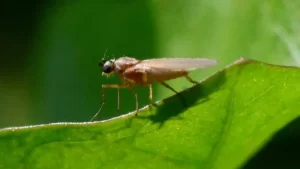
Other pests common to Florida
Termites
Although termites don’t bite or sting humans, they’re one of the most dangerous household pests, causing billions of dollars of property damage in the US alone. In Florida, we have four main types of termites, Subterranean, Formosan, Asian subterranean, and Drywood termites. You can learn all about termites in Florida on our Pest Library page. To prevent termites, make sure water on your property is draining at least 12 inches away from all structures, keep wooden and stucco exterior features away from soil, and make sure all entry points like cracks in the foundation are filled. If you have an infestation, you’ll want to call a certified pest control professional to address the issue and prevent further damage.
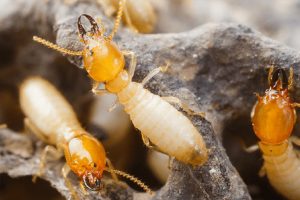
Palmetto bugs/Cockroaches
Palmetto bugs are large cockroaches that thrive in Florida’s hot, humid climate. They grow up to 1.5-2 inches long and are reddish-brown in color with long antennae. They are nocturnal, coming out at night to forage for food. They’ll look for food anywhere but prefer damp areas in the kitchen, garage, and attic. Outside, you may catch them hanging out in flower beds and certain types of trees. Palmetto bugs and cockroaches can contaminate food sources and surfaces, so you’ll want to prevent them by keeping your kitchen clean, managing garbage, and fixing leaks or entry points. Another type of cockroach that is common in Florida is called the Water bug, or Oriental cockroach.
Learn more about cockroach control.
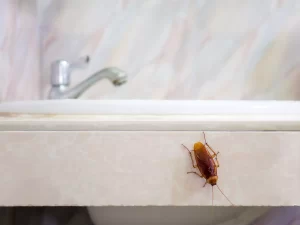
Silverfish
Silverfish, also known as silver bugs or fish moths, are small, wingless insects that get their name from their silvery gray color and “fish-like” movements. Like cockroaches, they’re nocturnal but they prefer warm, humid environments like bathrooms, basements, attics, and kitchens. They can cause damage by eating through wallpaper, books, photos, and even clothing. If your home has moisture issues, you’ll want to make sure to set up a dehumidifier and fix leaks to prevent silverfish.
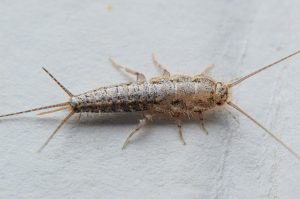
Stink bug
Did you know stink bugs only stink when they’re crushed? That’s why if you find one in the house it’s best to gently pick it up with a tissue or sweep it up to throw outside or down the toilet instead of trying to squish it. In Florida, our most common stink bug is the brown marmorated stink bug, which has a mottled brown and gray appearance. Stink bugs are primarily outdoor pests, but they’ll seek shelter inside for the winter, so you’ll tend to see them on walls or windows. Make sure to fill in any cracks and crevices to deter these bugs from taking up residence. Inside they’re just a nuisance pest but outside they can cause damage to crops and gardens.
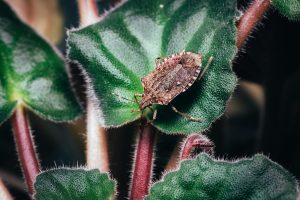
Kissing bug
Finally to end our round-up we have the kissing bug! They get their name because they will try to bite around the mouth or eyes of people while sleeping. They can carry diseases but luckily they’re usually only found in wooded areas and rural settings. If you live in a rural area, make sure to seal cracks and gaps and move wood, brush, or rock piles away from the home.
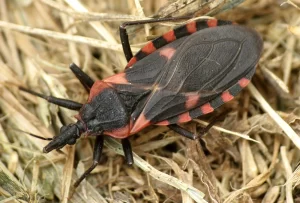
Now you know a little bit more about the most common bugs and pests in Florida! Other non-pests that you might find on a walk or in the woods include stick bugs, pincher bugs, chinch bugs, and wheel bugs. Remember, bugs are helpful to the environment, but it’s also okay to not want them in your house! Nozzle Nolen has been serving South Florida for over 50 years and we’re here to keep your home safe and healthy. If you’re having an issue with any of these pests, get in touch with us today!




